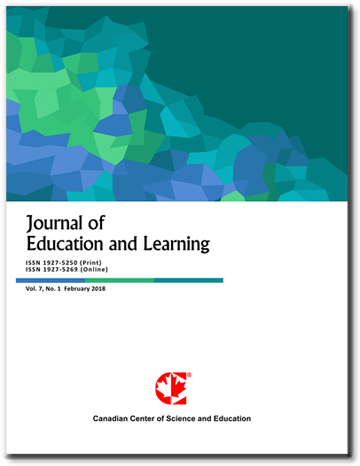Asian Students’ Perceptions of English as a Lingua Franca Arising from Intercultural Communication in the Global Society
- Yau Tsai
Abstract
When English as a lingua franca (ELF) arising from intercultural communication emerges in the global society due to the trend toward internationalization in recent decades, whether it is accepted by those who usually consider American English and British English as standard English deserves the attention of researchers and educators across the world. The study of this paper thus targets Asian students speaking English as a foreign language (EFL) and studying at a university in Taiwan and explores how they view such a social language through quantitative research. According to the findings, EFL students in Taiwan commonly hold positive attitudes toward ELF and also have the desire to learn it because of the need for making friends with foreigners online. It is thus concluded that EFL students in Taiwan are likely to feel motivated to learn about new forms and expressions in ELF which can make them understand more about the changing world. As the study also shows that students’ attitudes toward ELF and those toward inner-cirle Englishes are linked to each other, it is also concluded that integrating a comparative analysis of ELF and inner-circle Englishes into the English curriculum of university students in Taiwan can be considered as part of intercultural education which is beneficial for enhancing their knowledge and skills of intercultural communication in the global society. It is further suggested that Asian students living in the global society of the 21st century should not be isolated from the changing world but rather receive intercultural education which enables them to broaden their worldviews and possess certain levels of competence for responding to world affairs.
- Full Text:
 PDF
PDF
- DOI:10.5539/jel.v14n4p12
Journal Metrics
Google-based Impact Factor (2021): 1.93
h-index (July 2022): 48
i10-index (July 2022): 317
h5-index (2017-2021): 31
h5-median (2017-2021): 38
Index
Contact
- Grace LinEditorial Assistant
- jel@ccsenet.org
